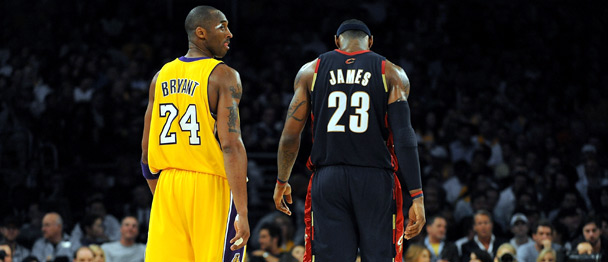An eighteen year old can fight in a war, operate a helicopter, purchase a shotgun, and vote for the President, but he can’t play in the National Basketball Association. Since 2006, the collective bargaining agreement between the NBA and the NBA Player’s Association provides that a player cannot be drafted to play for an NBA team until he is nineteen and has either finished at least one year of college, or one year has passed since his high school graduation. From the perspective of this employment law attorney, the NBA’s age requirement is unlawful discrimination, plain and simple.
Surprisingly lost in the discussion about whether age limits are appropriate for the NBA draft is the fact that many state laws prohibit employment discrimination against individuals who are eighteen or over. As playing in the NBA is employment — albeit a dream job — eighteen year olds are deprived of their potential employment and are thus victims of age discrimination. In New York, for example, the New York State Human Rights Law prohibits employers from refusing to hire or employ an “individual eighteen years of age or older… because of such individual’s age.” The NBA, and its players’ union, are subject to compliance with all New York employment laws, as well as other state laws which prohibit discrimination based on age. Given that LeBron James and Kobe Bryant entered the draft straight out of high school, at age eighteen, it would be difficult for the NBA to justify its age requirement as a bona fide occupational qualification. The NBA apparently contends that it set the age nineteen limit so that players have the opportunity to mature and further hone their skills. LeBron and Kobe sink that theory, however, as their performances as eighteen year olds in the league were masterful. There are compelling policy arguments both for and against the age and college requirements, but as an employment law issue, these eighteen year olds are faced with a flat out ban on their employment regardless of whether they are the next Kobe or a disappointment.
Age discrimination against individuals who are “too young” is a viable legal claim. In Oregon, a court found discrimination where a beauty shop refused to hire a thirty-year-old woman because she was “too young” to deal with clientele in their 70s and 80s. Similarly, the termination of a Michigan account executive because the clients wanted an older account executive and her voice “sounded too young on the phone,” presented a claim of age discrimination. And when a twenty-five year old bank vice president was fired and replaced with someone older after he revealed his age to his employer, a New Jersey court found that individual had presented a viable age discrimination claim.
The 2004 case of Clarett v. National Football League, does not give the NBA any solace vis a vis the age discrimination issue. The Clarett litigation approached the National Football League’s age requirement that a player must be out of high school for three full football seasons before entering the draft as an antitrust challenge, rather than as an age discrimination case. The Second Circuit found that the NFL, as a multi-employer bargaining unit, could act jointly in setting the terms and conditions of players’ employment and rules of the sport without risking antitrust liability. But the labor exception which carried the day in the Clarett antitrust case is not a shield when it comes to a union and employer agreeing on an unlawful ban to employment based on age. Indeed, in the discrimination law context, it is well settled that unions will be held jointly liable with employers under the federal discrimination statutes for discriminatory terms contained in a collective bargaining agreement. In sum, it is only a matter of time until the next promising eighteen year old challenges the NBA’s age requirement on the basis of age discrimination. The case could be a slam dunk.




